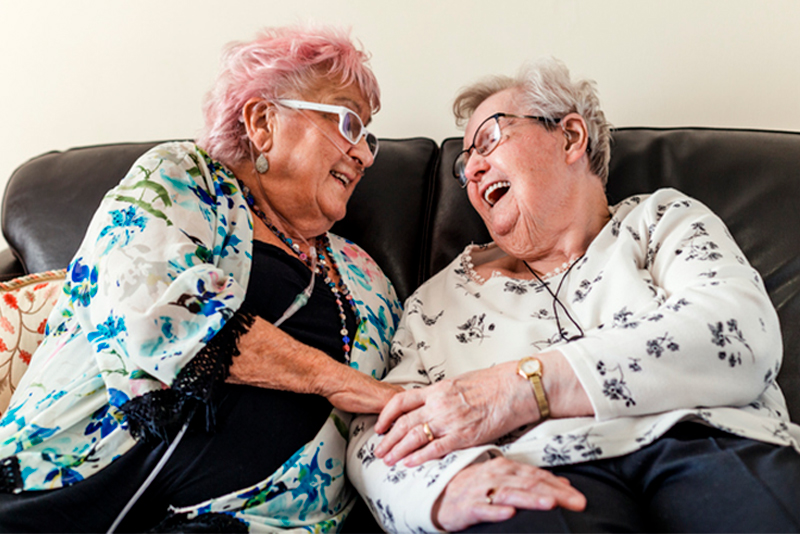
There are a number of common COPD triggers to watch for, and our home care experts offer tips on how to avoid them.
We’ve waited all winter for March! At long last, the days are growing longer and we can begin to feel the promise of spring in the air. For a person with COPD, there is additional cause to celebrate the seasonal shift. Dry, cold air is one of a number of COPD triggers to watch for, and the appearance of warmer temperatures is, quite literally, a breath of fresh air.
What Are Other COPD Triggers to Watch For?
If a friend or family member struggles with the challenges of COPD, you are all too accustomed with the weariness, shortness of breath, wheezing and coughing that become part of everyday life. Managing these symptoms in order to have the best possible quality of life is a must, and it starts with understanding what may cause these symptoms to flare in the first place.
Besides cold weather, to follow are a few additional triggers that can worsen COPD symptoms, along with tips on how to conquer them.
- Heat and humidity. These can be equally as hard for someone with COPD to deal with as the cold, dry air. An individual with COPD should stay indoors with air conditioning during the dog days of summer.
- Air pollution. You might automatically think of smog and car exhaust fumes whenever you imagine air pollution, but this includes of a great many other irritants as well, such as mold, pet dander, dust, pollen, paint, cleaning products, or perfume. An air purifier can help, and the home must also be regularly dusted and vacuumed. Someone besides the individual with COPD should manage these responsibilities, however, such as a caregiver from Live Free Home Health Care.
- Viruses. Something as innocuous as the common cold can be incredibly hazardous for someone managing COPD. The most effective tactics to protect against infection include avoiding crowded areas, wearing a face mask, keeping the house clean, and washing hands frequently.
- Smoking. Smoking is something everyone should stay away from, but for an individual with COPD, it’s crucial to quit or never pick up this habit. It is also equally important to avoid secondhand smoke. In the event that a person with COPD is not able to give up smoking, see the doctor for helpful recommendations.
What Are Some Techniques to Ease COPD Symptoms?
While staying away from these triggers is a great starting place to make sure someone with COPD can breathe as comfortably as possible, there are also a number of breathing exercises that may be helpful, such as:
- Pursed lip breathing. This easy exercise can help with relaxation, reducing shortness of breath, and making it easier to breathe. While the mouth is closed, breathe in through the nose to a count of two. Purse the lips, as though blowing out a candle or whistling, and breathe out slowly through the mouth to a count of four. Repeat four to five times every day.
- Deep breathing. Deep breathing helps ease shortness of breath by preventing air from becoming trapped in the lungs. Sit or stand with the elbows slightly back and chest expanded. Take a deep breath through the nose and hold for a count of five. Breathe out slowly and deeply through the nose until all air is released. Repeat three to four times a day.
- Diaphragmatic breathing. Strengthen the muscles of the abdomen and diaphragm by sitting or lying down and relaxing the shoulders. Position one hand on the stomach and the other on the chest. Inhale through the nose for two seconds. Focus on moving the stomach more than the chest. Purse the lips and let out your breath slowly while pushing lightly on the abdomen. Repeat as able.
For more COPD tips or to find out about how our trained and experienced in-home senior care professionals can help improve life for somebody you love, get in touch with us any time at 603-217-0149.
